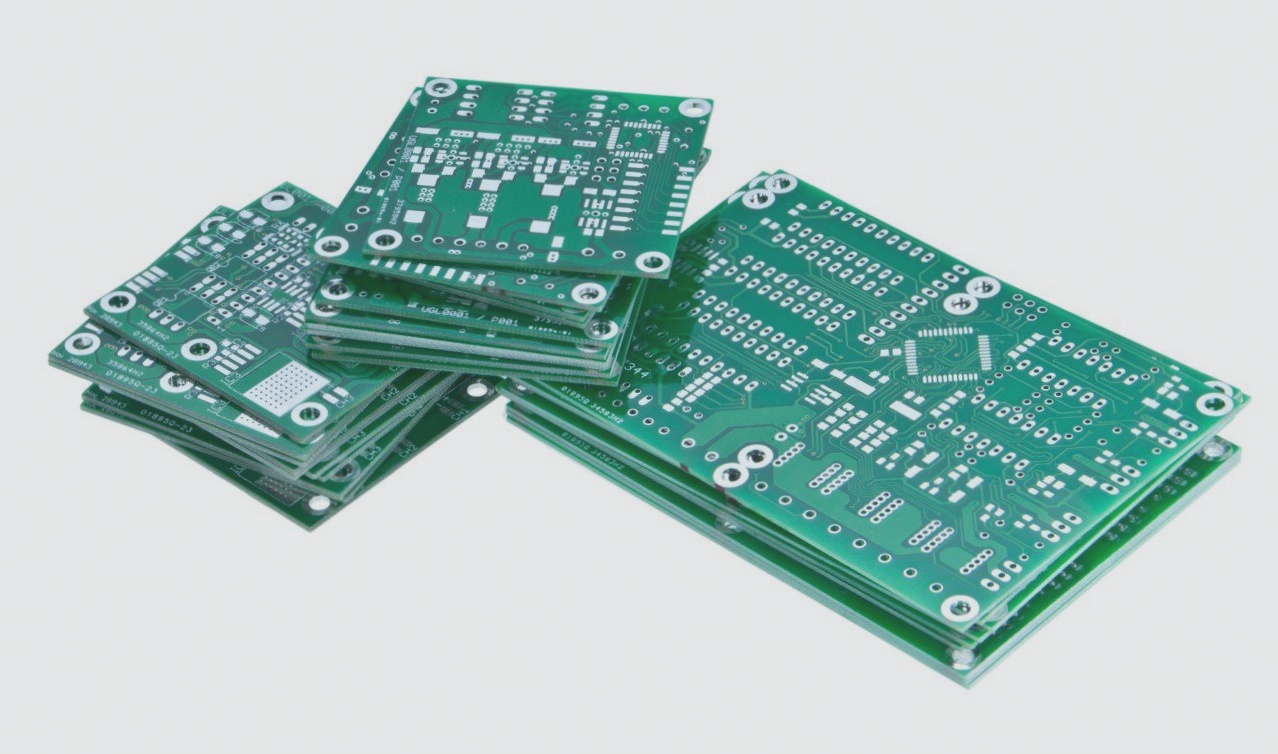Interference and Grounding Suppression in PCBs
In PCB board design, especially in high-frequency circuits, engineers often encounter irregularities due to ground wire interference. This study analyzes its causes, details three types of interference, and proposes effective mitigation strategies based on practical experience, ensuring reliable system operation in the field.





